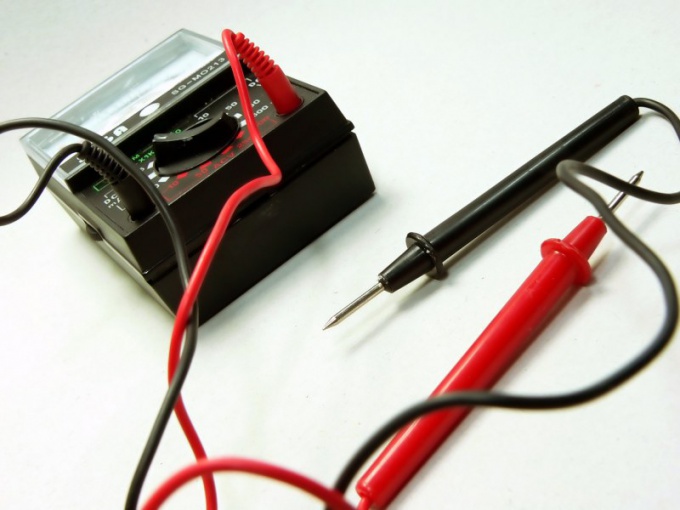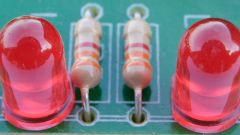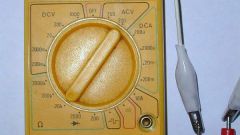Instruction
1
No matter what parameters are given in the problem statement, convert them to SI units.
2
If in the condition of the load resistance and allocated to her power, be guided by the following considerations:R=U/I where R is the resistance in Ohms, U - voltage, I - current intensity, A. P=UI, where P is power, W, U - drop voltage, I - current intensity, A. it follows that P=I^2*R, i.e., I^2=P/R, or I=sqrt(P/R). Hence, U=R(sqrt(P/R)) or, after simplifying the expression, U=sqrt(P)*sqrt(R), where U is the required drop in voltage across the load, R is the resistance in Ohms, P is power, W.
3
A much more simple case occurs if to find the drop in voltage is required, knowing the power and strength of the current. To convert the expression does not need, so I use the following formula: U=P/I,where U is the required drop in voltageIn P power allocated to the load, W, I is the current passing through the load A.
4
If you know the load resistance and passing through it a current, drop the voltage on it also calculate in one step:U=IR where U is the required drop in voltage, I - current flowing through the load, And R is the load resistance in Ohms.
5
In addition to the above the most common tasks in the textbooks there are also other that need to know the drop voltage on a segment of a long homogeneous rod, made of a material having a high resistance. To do this, first calculate the drop voltage throughout the length of the rod (if it's not given in the problem statement initially). Then subtract from each other the horizontal coordinates of the points, the drop of voltage between which is to be determined.
6
The voltage on the entire length of the rod divide by its length, then multiply by your calculated length and you will get a drop in voltage between the points. Such dividers are found in the instrument with a transformerless power supply and are used as network switches of the voltage - in this case, the simplicity of the design is sacrificed to efficiency and safety.
7
After completing the calculation, if necessary, translate the result into convenient for presentation units: volts, millivolts, kilovolts, etc.







